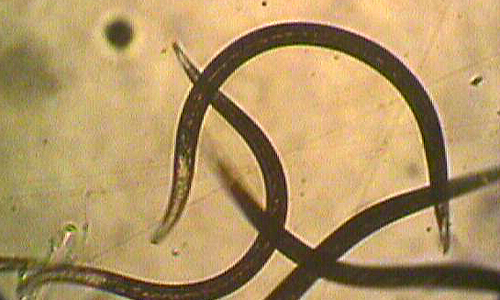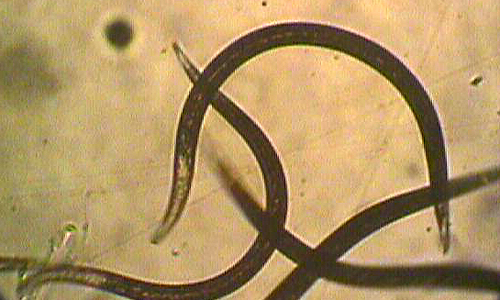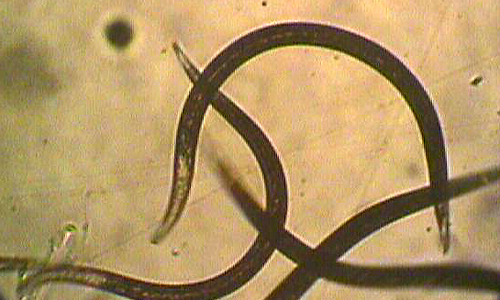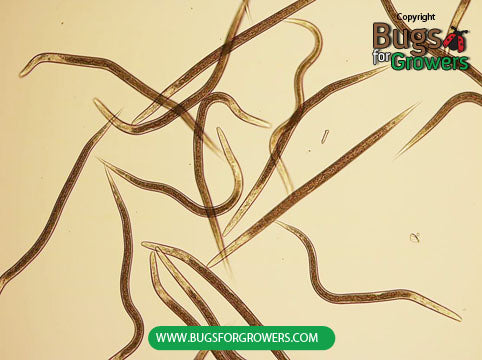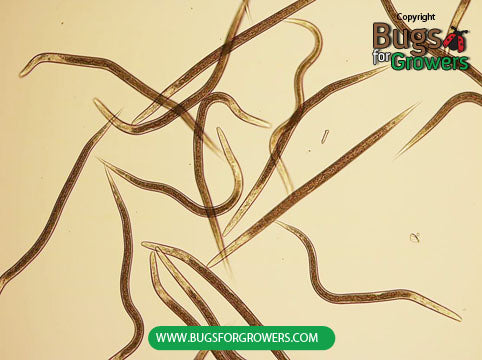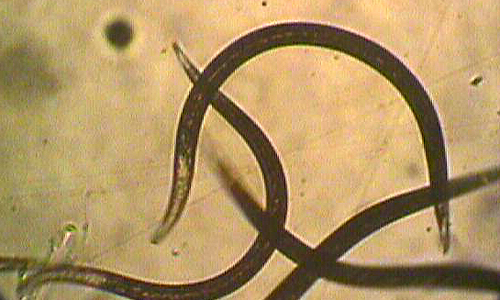Sweetpotato weevil
Damage caused by the Sweetpotato weevil
Sweet Potato weevils are considered as one of the economically destructive pests of sweet potatoes. Both adults and grubs of sweet potato weevil cause damage to sweet potatoes but grub is considered as the most damaging stage that damage both sweet potato vines and tubers. Adult sweet potato weevil feed only on leaves but sweet potato yields are hardly affected. In contrast, all the larval stages cause direct and indirect damage to sweet potatoes. In case of direct damage, newly hatched grubs generally burrow into the tuber and feed on the tuber content. In case of heavy infestation, infested tubers become spongy and non-edible. In case of indirect damage, injuries caused by grubs serve entry points for other disease causing bacterial and fungal pathogens.
Facts (show all)
- Common names
-
- Sweetpotato weevil
- Scientific name
-
- Cylas formicarius
- Identification
-
Adults: Adult of the sweet potato weevils are black in color with orange colored thorax and legs. Adult weevils are about 7-8 mm long.
Eggs: Eggs of the sweetpotato weevil are creamy white in color and oval in shape.
Larvae (Grub): The larvae (grubs) of sweet potato weevil are white in color, legless, ‘C’ shaped and they have brownish head capsule.
Pupae: Pupae of the sweet potato weevil are white to gray in color.
- Biology
-
The sweet potato weevils survive harsh winter by reducing their activity and hiding under leaf litter. When temperatures warm up in the spring, adults become active and mate. After mating, females lay eggs singly in the cavities made by themselves on the stems or tubers. Eggs hatch within 5- 12 days into small grubs that burrow in the tubers. While feeding, larvae develop through 3 developing stages (instars) within two months. Mature larvae then pupate inside the tubers or on the stems. Adult weevils emerge from these pupae within 10 days. Under favourable conditions, sweet potato weevils can complete egg to adult life cycle within 30 to 40 days.
- Organic Control of the Sweetpotato weevil
-
- Following beneficial bugs are used for organic control of Sweetpotato weevil
- Beneficial Nematodes
-
- Heterorhabditis bacteriophora
- Steinernema feltiae
- Steinernema carpocapsae

